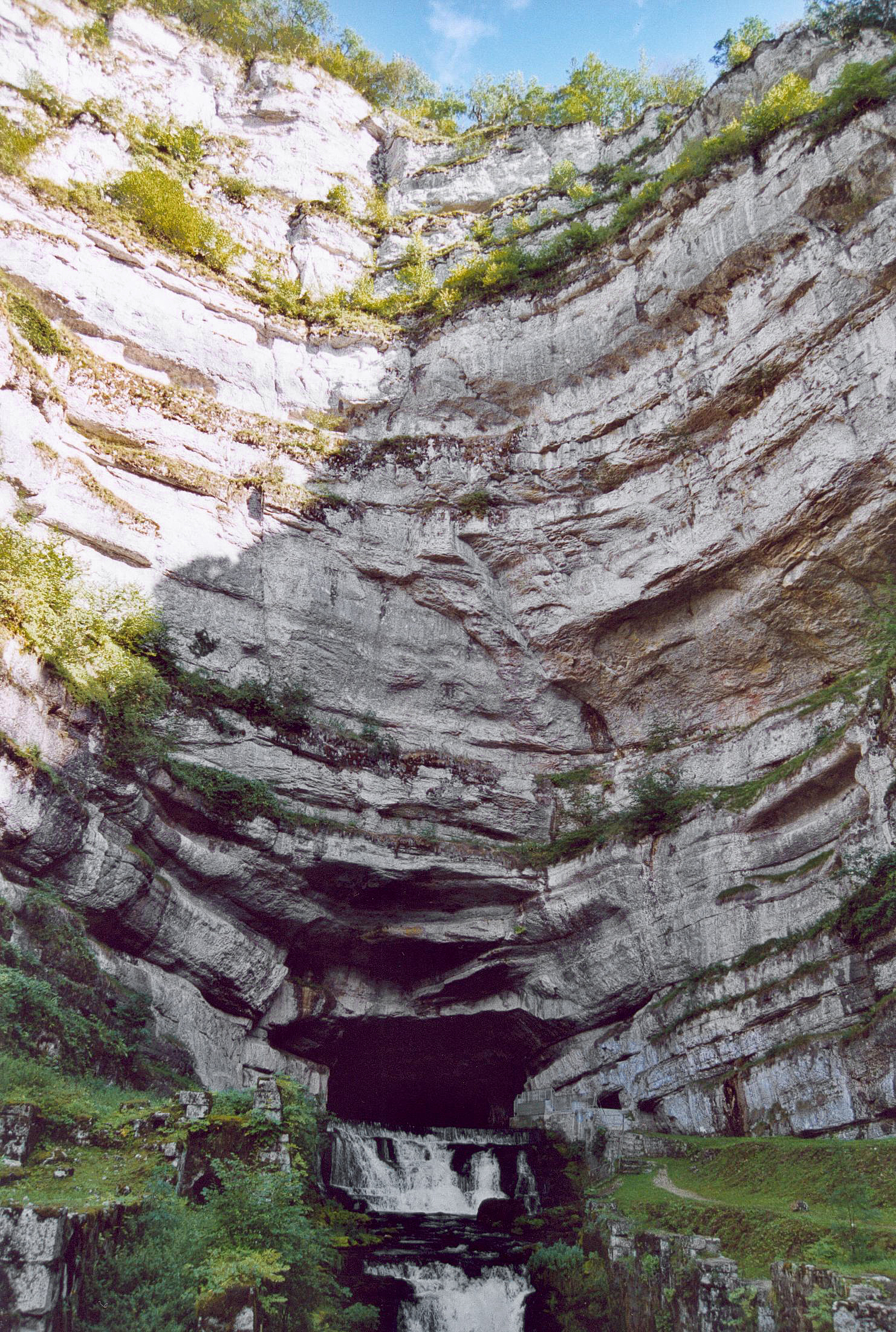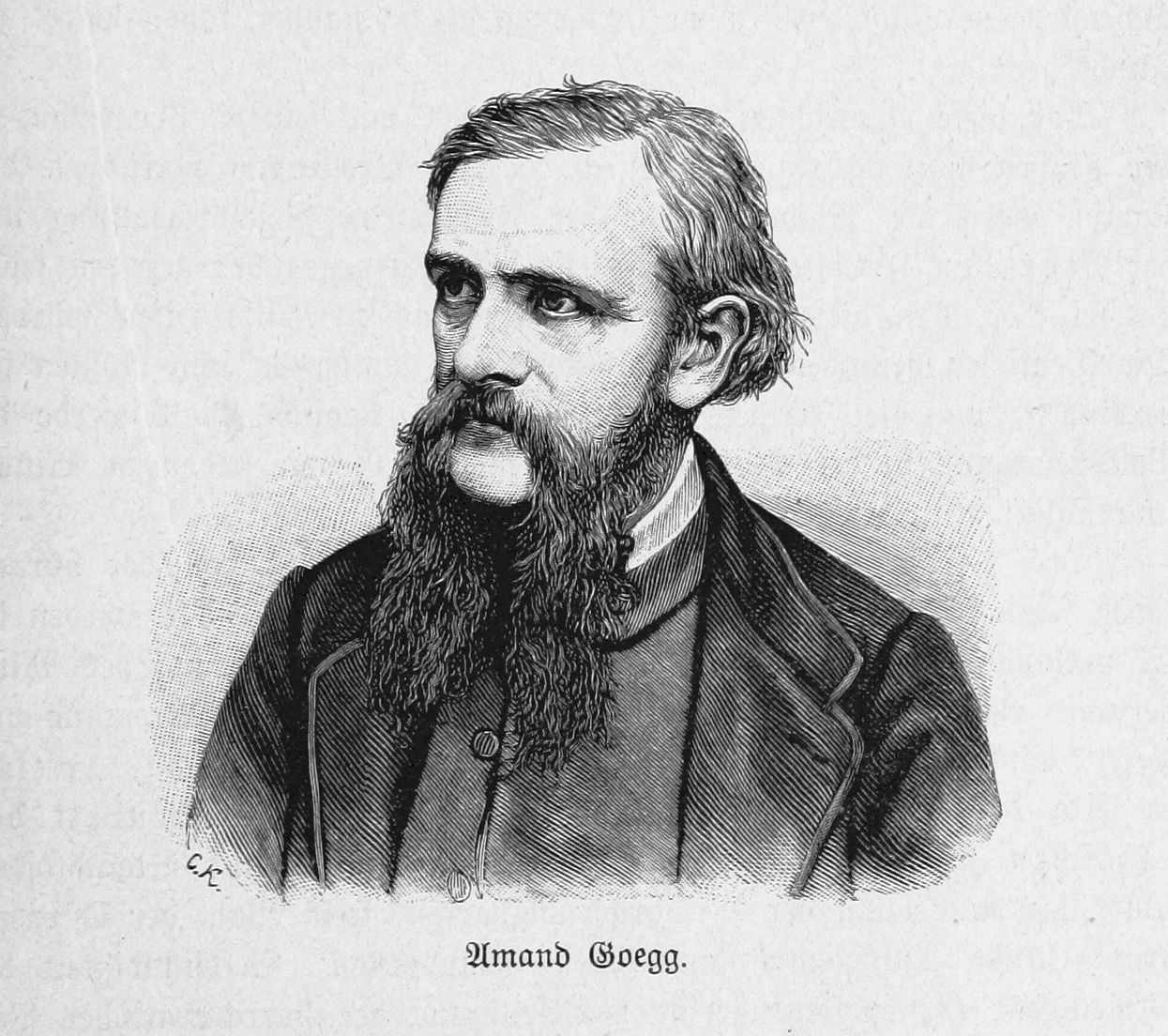|
Rench
The Rench is an eastern tributary of the Rhine in the Ortenau in Central Baden, Germany. It rises on the southern edge of the Northern Black Forest at Kniebis near Bad Griesbach im Schwarzwald. The source farthest from the mouth is that of the ''Schöngrundbächle'' which rises at a height of around in the parish of Zuflucht. After flowing through its steep mountainside '' klinge'' it is joined by other streams to form, first, the Old (''Alter''), then the Wild Rench (''Wilder Rench''), which first becomes the Rench below Bad Griesbach. The Rench runs in a prominent southerly arc through the Central Black Forest and crosses the hilly region of Ortenau with its orchards and vineyards before breaking out into the Rhine Plain. After just under 57 km it, together with the Mühlbach, confluences with the Rhine at 314.7 km between Helmlingen ( Rheinau) and Lichtenau. The upper Rench valley around Bad Peterstal-Griesbach initially cuts into the forested bunter s ... [...More Info...] [...Related Items...] OR: [Wikipedia] [Google] [Baidu] |
Strasbourg
Strasbourg ( , ; ; ) is the Prefectures in France, prefecture and largest city of the Grand Est Regions of France, region of Geography of France, eastern France, in the historic region of Alsace. It is the prefecture of the Bas-Rhin Departments of France, department and the Seat of the European Parliament in Strasbourg, official seat of the European Parliament. The city has about three hundred thousand inhabitants, and together Eurométropole de Strasbourg, Greater Strasbourg and the arrondissement of Strasbourg have over five hundred thousand. Strasbourg's functional area (France), metropolitan area had a population of 860,744 in 2020, making it the eighth-largest metro area in France and home to 14% of the Grand Est region's inhabitants. The transnational Eurodistrict Strasbourg-Ortenau Eurodistrict, Strasbourg-Ortenau had a population of roughly 1,000,000 in 2022. Strasbourg is one of the ''de facto'' four main capitals of the European Union (alongside Brussels, Luxembourg ... [...More Info...] [...Related Items...] OR: [Wikipedia] [Google] [Baidu] |
Rhine
The Rhine ( ) is one of the List of rivers of Europe, major rivers in Europe. The river begins in the Swiss canton of Graubünden in the southeastern Swiss Alps. It forms part of the Swiss-Liechtenstein border, then part of the Austria–Switzerland border, Swiss-Austrian border. From Lake Constance downstream, it forms part of the Germany-Switzerland border, Swiss-German border. After that the Rhine defines much of the Franco-German border. It then flows in a mostly northerly direction through the German Rhineland. Finally, the Rhine turns to flow predominantly west to enter the Netherlands, eventually emptying into the North Sea. It drains an area of 185,000 km2. Its name derives from the Gaulish language, Gaulish ''Rēnos''. There are two States of Germany, German states named after the river, North Rhine-Westphalia and Rhineland-Palatinate, in addition to several districts of Germany, districts (e.g. Rhein-Sieg-Kreis, Rhein-Sieg). The departments of France, department ... [...More Info...] [...Related Items...] OR: [Wikipedia] [Google] [Baidu] |
States Of Germany
The Federal Republic of Germany is a federation and consists of sixteen partly sovereign ''states''. Of the sixteen states, thirteen are so-called area-states ('Flächenländer'); in these, below the level of the state government, there is a division into local authorities (counties and county-level cities) that have their own administration. Two states, Berlin and Hamburg, are city-states, in which there is no separation between state government and local administration. The state of Bremen (state), Bremen is a special case: the state consists of the cities of Bremen (city), Bremen, for which the state government also serves as the municipal administration, and Bremerhaven, which has its own local administration separate from the state government. It is therefore a mixture of a city-state and an area-state. Three states, Bavaria, Saxony, and Thuringia, use the appellation ("free state"); this title is merely stylistic and carries no legal or political significance (similar t ... [...More Info...] [...Related Items...] OR: [Wikipedia] [Google] [Baidu] |
Germany
Germany, officially the Federal Republic of Germany, is a country in Central Europe. It lies between the Baltic Sea and the North Sea to the north and the Alps to the south. Its sixteen States of Germany, constituent states have a total population of over 84 million in an area of , making it the most populous member state of the European Union. It borders Denmark to the north, Poland and the Czech Republic to the east, Austria and Switzerland to the south, and France, Luxembourg, Belgium, and the Netherlands to the west. The Capital of Germany, nation's capital and List of cities in Germany by population, most populous city is Berlin and its main financial centre is Frankfurt; the largest urban area is the Ruhr. Settlement in the territory of modern Germany began in the Lower Paleolithic, with various tribes inhabiting it from the Neolithic onward, chiefly the Celts. Various Germanic peoples, Germanic tribes have inhabited the northern parts of modern Germany since classical ... [...More Info...] [...Related Items...] OR: [Wikipedia] [Google] [Baidu] |
Klinge (landform)
''Klingen'' are small, narrow, steep V-shaped valleys formed by the erosion, erosive forces of water and suspended abrasive particles, gravel and pebbles. They are usually side valleys without a discernible valley floor that lead into a main valley. Further incision through ablation and headward erosion is mainly caused by the waters of small, steep, fast flowing, streams or becks and their processes are still visible today. Erosion, sedimentation and transport are mutually dependent. The term ''klinge'' is German and is used to refer to European stream landforms, especially in southern Germany and eastern France. Name The description ''klinge'' for small V-shaped valleys may derive from the noise of the streams when in spate (''klingen'' in German means "ring" "clang" or "jingle"). Another interpretation maintains that the little valleys were supposed to be cut by blades ("Klinge" = blade). In the whole of southwest Germany, including the Swabian Jura, Swabian and Franconian Jur ... [...More Info...] [...Related Items...] OR: [Wikipedia] [Google] [Baidu] |
Baden (Land)
Baden (; ) is a historical territory in southern Germany. In earlier times it was considered to be on both sides of the Upper Rhine, but since the Napoleonic Wars, it has been considered only East of the Rhine. History The margraves of Baden originated from the House of Zähringen. Baden is named after the margraves' residence, Hohenbaden Castle in Baden-Baden. Hermann II of Baden first claimed the title of Margrave of Baden in 1112. A united Margraviate of Baden existed from this time until 1535, when it was split into the two Margraviates of Baden-Durlach and Baden-Baden. Following a devastating fire in Baden-Baden in 1689, the capital was moved to Rastatt. The two parts were reunited in 1771 under Margrave Charles Frederick. The restored Margraviate with its capital Karlsruhe was elevated to the status of electorate in 1803. In 1806, the Electorate of Baden, receiving territorial additions, became the Grand Duchy of Baden. The Grand Duchy of Baden was a state within t ... [...More Info...] [...Related Items...] OR: [Wikipedia] [Google] [Baidu] |
Renchen
Renchen () is a small city in Baden-Württemberg, Germany, part of the district of Ortenau. Geography Renchen is located in the foothills of the northern Black Forest at the entrance to the Rench valley at the edge of the Upper Rhine River Plains. Neighboring communities The city shares borders with the following cities and towns, listed clock-wise from the north: Achern, Kappelrodeck, Oberkirch, Appenweier, and Rheinau. Boroughs In addition to Renchen (proper) the city includes the boroughs of Erlach and Ulm zu Renchen. History Renchen was first in official documents in 1115. In 1326 it received a town charter but the town lost it again as well as all significance when it was destroyed during the Thirty Years' War. In 1838 the Grand Duke of Baden again granted a town charter to Renchen but it again lost the right to call itself a town as a result of the German district reform in 1935. Renchen then received a town charter for the third time in 1950 in recognition of its hist ... [...More Info...] [...Related Items...] OR: [Wikipedia] [Google] [Baidu] |
Lautenbach (Ortenaukreis)
Lautenbach () is a municipality in the district of Ortenau (district), Ortenau in Baden-Württemberg, Germany. It has a Gothic pilgrimage church, Mariä Krönung (Lautenbach), Mariä Krönung. References Ortenaukreis {{Ortenaukreis-geo-stub ... [...More Info...] [...Related Items...] OR: [Wikipedia] [Google] [Baidu] |
Rheinau (Baden)
Rheinau (; ) is a city in southwestern Baden-Württemberg, Germany and is part of the district of Ortenau. Geography Rheinau is located in the Upper Rhine River Plains directly on the Rhine and as such at the German- French border. The center of town is located immediately on the Rhine crossing to France and the southern borough of Linx is located not far from Kehl and Strasbourg. Neighbouring communities Rheinau shares common borders with the following cities and towns, listed clockwise from the north: Lichtenau (district of Rastatt), Achern, Renchen, Appenweier and Kehl (all in the district of Ortenau) and the Alsatian towns of Gambsheim and La Wantzenau. Boroughs Rheinau is made up of the boroughs of Freistett ('' Hauptort'' and administrative seat of Rheinau with city hall), Diersheim, Hausgereut, Helmlingen, Holzhausen, Honau, Linx, Memprechtshofen and Rheinbischofsheim. Rheinau-Freistett-32-Kriegerdenkmal 1914-18-Rathaus-gje.jpg, Freistett Rheinau-Freistett-Heid ... [...More Info...] [...Related Items...] OR: [Wikipedia] [Google] [Baidu] |
Bundesstraße 28
Bundesstraße 28 or B 28 is a German federal road. The road runs west through Baden-Württemberg from the eastern terminus of the French route nationale 4 in Strasbourg, after crossing the Rhine river in Kehl, to Senden in Bavaria, where it terminates into the A7. Cities crossed * Freudenstadt * Tübingen * Reutlingen * Ulm * Senden See also *List of federal highways in Germany The following is a list of the German federal highways or ''Bundesstraßen''. This does not include the autobahns. Numbering system The ''Bundesstraßen'' do not have a numbering system like that used for German '' autobahns'' (motorways), but ... 028 Roads in Baden-Württemberg {{Germany-road-stub ... [...More Info...] [...Related Items...] OR: [Wikipedia] [Google] [Baidu] |
Oppenau
Oppenau () is a city located in the state of Baden-Württemberg, Germany. It has a population of 4,700 inhabitants. Geography Oppenau is situated in the Rench valley in the Black Forest. The nearest major cities are Offenburg and Freudenstadt. History In the 12th century an agricultural settling made up the village Noppenouwe, which succumbed to the House of Zähringen until 1218. After they have been died out, the dominance in the Rench-valley was fragmented. The in 1192 in Lierbach founded All Saints’ Abbey took a high political, cultural and religious influence to Oppenau at this time. In 1316 bishops from the French Strasbourg started reign about the Rench-valley. After the Reichsdeputationshauptschluss in 1803, Oppenau became part of Baden. In 1990, German politician Wolfgang Schäuble Wolfgang Schäuble (; 18 September 1942 – 26 December 2023) was a German politician whose political career spanned more than five decades. A member of the Christian Democratic Un ... [...More Info...] [...Related Items...] OR: [Wikipedia] [Google] [Baidu] |
Confluence
In geography, a confluence (also ''conflux'') occurs where two or more watercourses join to form a single channel (geography), channel. A confluence can occur in several configurations: at the point where a tributary joins a larger river (main stem); or where two streams meet to become the river source, source of a river of a new name (such as the confluence of the Monongahela River, Monongahela and Allegheny River, Allegheny rivers, forming the Ohio River); or where two separated channels of a river (forming a river island) rejoin downstream from their point of separation. Scientific study Confluences are studied in a variety of sciences. Hydrology studies the characteristic flow patterns of confluences and how they give rise to patterns of erosion, bars, and scour pools. The water flows and their consequences are often studied with mathematical models. Confluences are relevant to the distribution of living organisms (i.e., ecology) as well; "the general pattern [downstream o ... [...More Info...] [...Related Items...] OR: [Wikipedia] [Google] [Baidu] |




